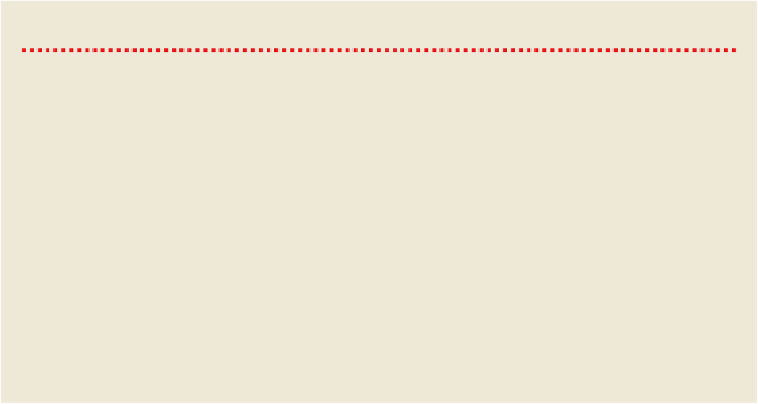Travel Reference
In-Depth Information
began on August 11, 3114 BC which means it ended on December 23 (or 25), AD 2012.
The end of a Great Cycle was a time fraught with great significance - you may have no-
ticed a little (non-Maya) end-of-the-world panic around Christmas 2012.
THE MAYA BURY THEIR DEAD
It is the night before the funeral, and the shaman is in the house of the deceased, washing candles in holy water. If
he misses one, a family member could go blind or deaf. He has counted off the days, and divined that tomorrow
will be propitious for the burial.
He prays to the ancestral spirits, asking for the health of the family and the absence of disaster. The list is long
and detailed. Personal objects are placed in the coffin; if they're not, the man's spirit might return home looking
for them.
Members of the
cofradía
(fraternity) bear the coffin to the cemetery, a trail of mourners following. Four stops
are made on leaving the house: at the doorway, in the yard, on entering the street, and at the first street corner. At
each stop, mourners place coins on the coffin - in reality to buy candles, symbolically so that the spirit can buy its
way out of purgatory and into heaven.
As the coffin is lowered into the ground, mourners kiss handfuls of dirt before throwing them on top. Once the
coffin is buried, women sprinkle water on top, packing down the soil and protecting the corpse from werewolves
and other dark spirits.
Every All Soul's Day (November 2) the family will come to the cemetery to honor their dead. Sometimes this
will stretch over three days (beginning on the first). They will come to clean and decorate the grave, and set out
food such as roasted corn, sweet potatoes, vegetable pears (
chayote
or chokos), and other fresh-picked fruit of
the field. The church bells will ring at midday to summon the spirits, who feast on the smells of the food.

